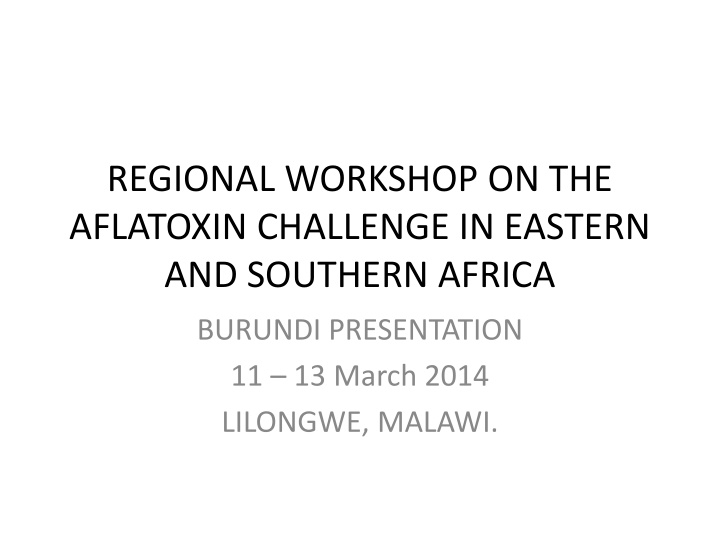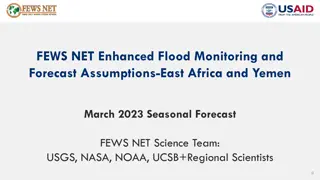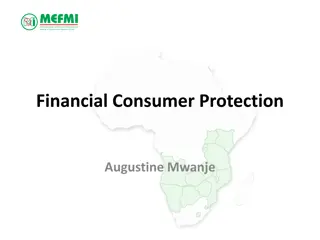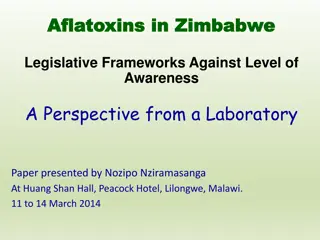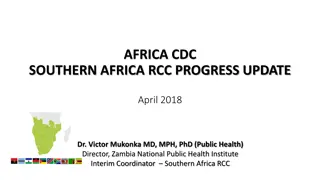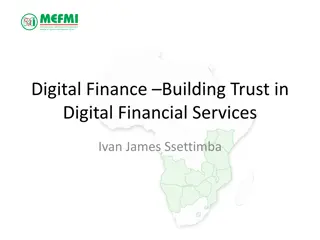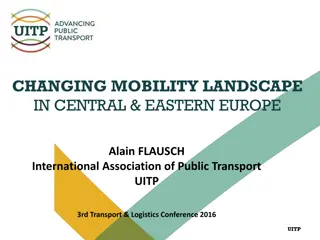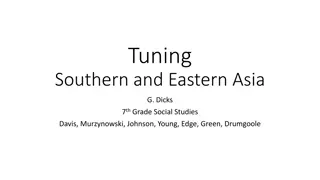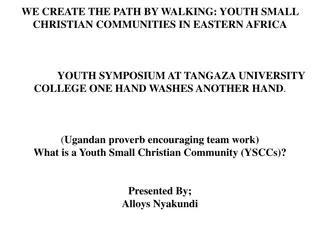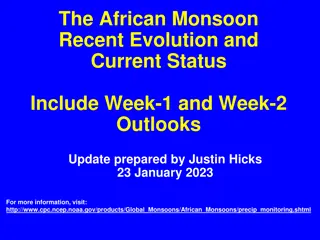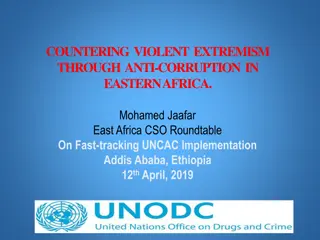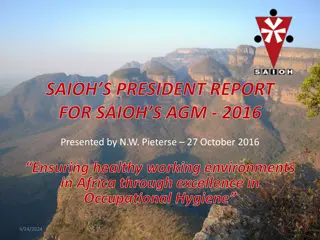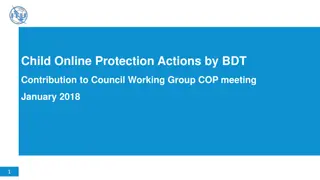Aflatoxin Challenge in Eastern and Southern Africa: Burundi Presentation
This presentation focuses on addressing the aflatoxin challenge in Burundi through an analysis of laws, regulations, laboratory services, monitoring, surveillance, education, and awareness programs. It highlights the gaps in the aflatoxin regulatory framework and outlines the existing maximum accepted tolerable limits in various crops and products.
Download Presentation

Please find below an Image/Link to download the presentation.
The content on the website is provided AS IS for your information and personal use only. It may not be sold, licensed, or shared on other websites without obtaining consent from the author.If you encounter any issues during the download, it is possible that the publisher has removed the file from their server.
You are allowed to download the files provided on this website for personal or commercial use, subject to the condition that they are used lawfully. All files are the property of their respective owners.
The content on the website is provided AS IS for your information and personal use only. It may not be sold, licensed, or shared on other websites without obtaining consent from the author.
E N D
Presentation Transcript
REGIONAL WORKSHOP ON THE AFLATOXIN CHALLENGE IN EASTERN AND SOUTHERN AFRICA BURUNDI PRESENTATION 11 13 March 2014 LILONGWE, MALAWI.
CONTENTS 1. LAWS AND REGULATIONS 2. LABORATORY SERVICES 3. MONITORING AND SURVEILLANCE 4. EDUCATION AND AWARENESS PROGRAMME 5. GAPS TO STRENGTHERN THE AFLATOXIN REGULATORY FRAMEWORK.
1. LAWS AND REGULATIONS In Burundi, aflatoxin problem is still in an embryonic stage and there is not national aflatoxin safety system; There are any existing policies put in place for aflatoxin control; There are also any existing regulations put in place for aflatoxin control.
2. LABORATORY SERVICES Burundi s capacity for testing aflatoxin levels in foods is low; No many laboratories with working equipments to test aflatoxin levels are operating; No many laboratory technicians are trained to carry out tests for aflatoxin control.
3. MONITORING AND SURVEILLANCE Existing maximum accepted tolerable limit of aflatoxin in some crops and their products in Burundi: a) Maize: 5 ppb b) Peanuts: 10 ppb c) Oilseed: 10 ppb d) Wheat flour: 10 ppb and 5 ppb for aflatoxin B1 e) Sorghum: 5 ppb f) Millet: 10 ppb and 5 ppb for aflatoxin B1.
Burundi Bureau of Standards and Quality Control (BBN) is responsible for enforcing these above mentioned limits and it must provide the leadership and coordination for aflatoxin control efforts; No aflatoxin tests are done on large scale; The laboratory of the National Centre of Food Technology (CNTA) has now 2 chromatographic equipments (HPLC and GC/MS) to carry out many tests among them aflatoxin ones; The choice of guidelines to follow in these aflatoxin tests is still a big challenge.
4. EDUCATION AND AWARENESS PROGRAMS Some workshops, forums on aflatoxin challenges in general; No many awareness programs for value chain actors, consumers and food handlers; Lack of education in preliminary techniques to mitigate aflatoxin contamination (humidity, storage conditions, ).
5. GAPS TO STRENGTHERN THE AFLATOXIN REGULATORY FRAMEWORK Lack of laws and regulations; Lack of scientific data to monitor aflatoxin control; Lack of laboratory services; Lack of education and awareness programs for value chain actors, consumers and food handlers.
THANK YOU FOR LISTENING Prof. SINDAYIKENGERA S verin Director of National Centre of Food Technology (CNTA) Ministry of Agriculture and Livestock.
